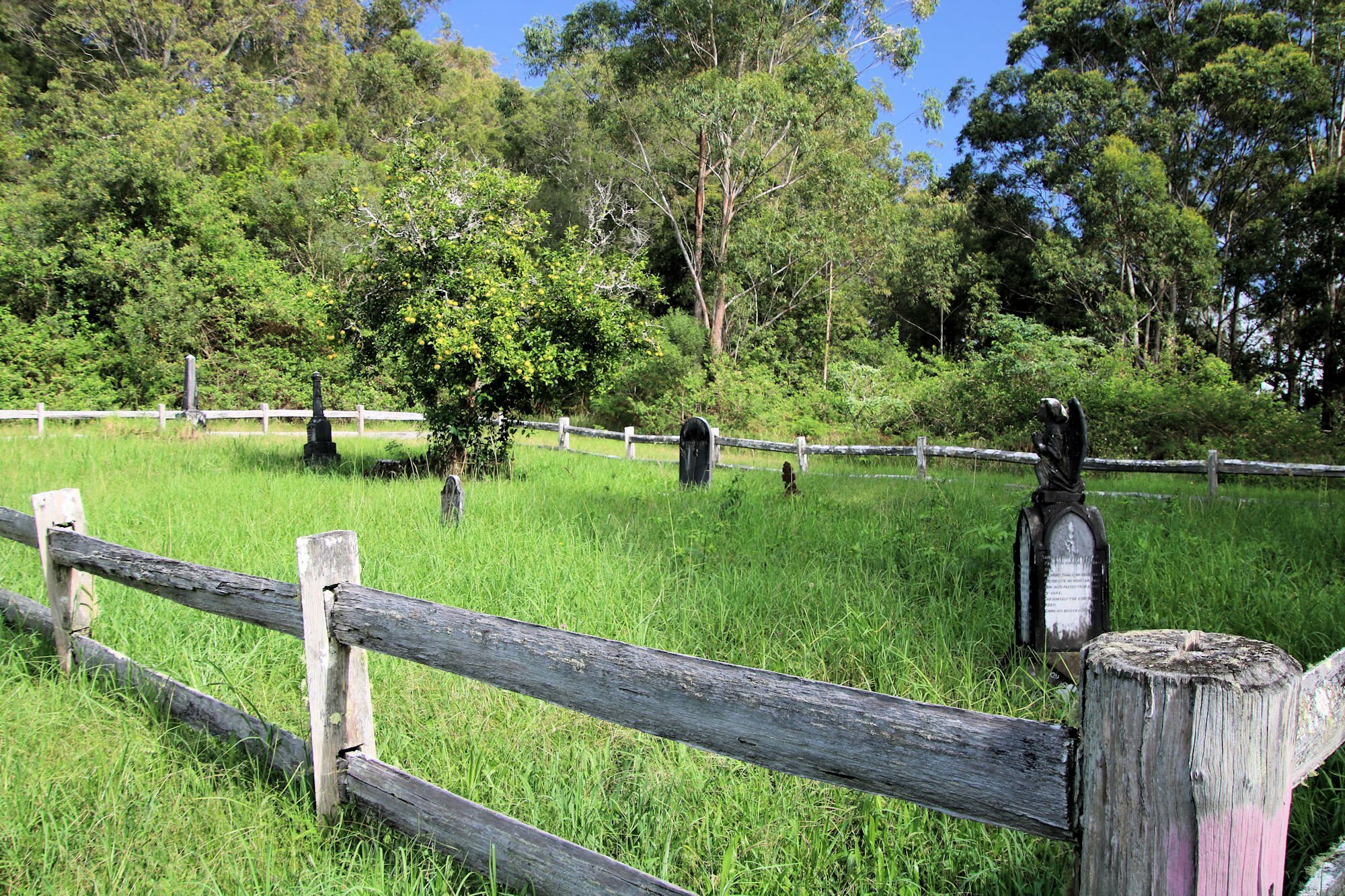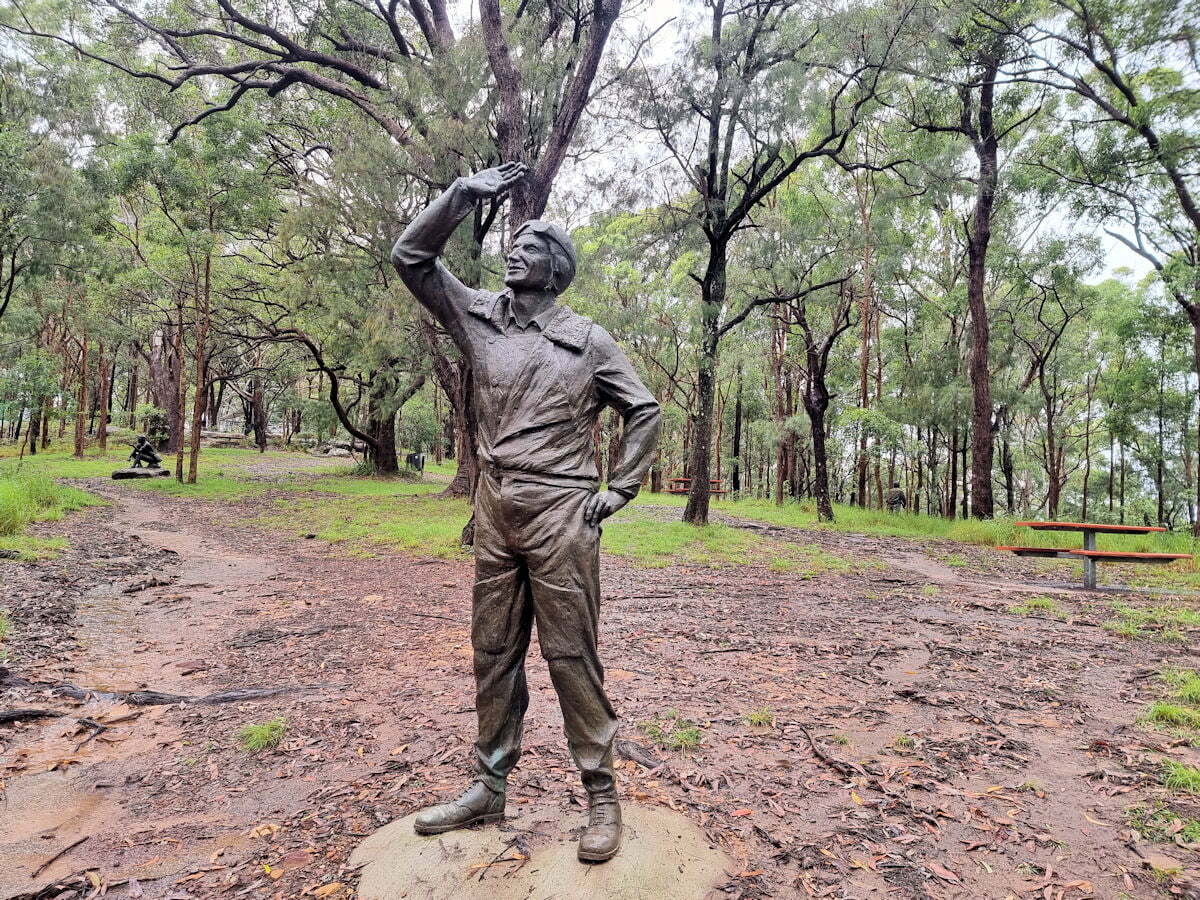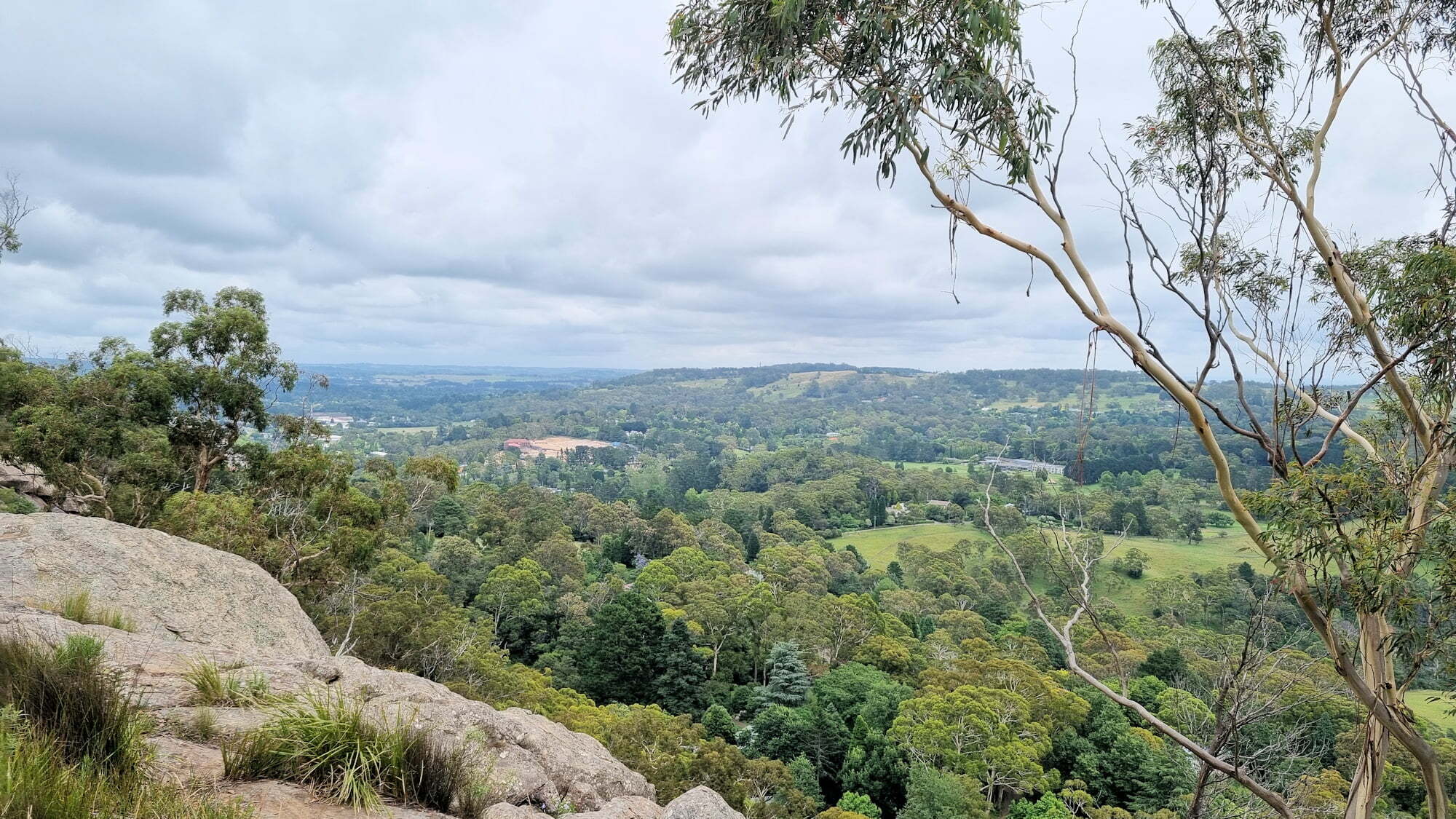Category: Bushwalking
-
Neranie Cemetery Walk Myall Lakes

Neranie Cemetery Walk Myall Lakes This interesting little walk is not far from Seal Rocks on the New South Wales Mid-North Coast. Around an hour and 45 minutes north of Newcastle, the Neranie Cemetery Walk is a good spot to stop for a break. The sign for the start of the walk is old and… Read more
-
Rumbalara Reserve Statues

Rumbalara Reserve Statues On a wet and rainy morning, we decided to go bush walking at Rumbalara Reserve near Gosford to see the statues. The forecast said some light drizzle clearing to a fine day. Well, it rained all the way during our drive there, where on arrival we waited another hour for the rain… Read more
-
Mount Gibraltar Lookouts Mittagong

Mount Gibraltar Lookouts Mittagong Driving from Mittagong to the Mount Gibraltar Lookouts takes you past some spectacular houses, although if you’re driving you may not see much of them. This is because the road is narrow and windy, so you need to pay attention to the road. At the top of the hill, one of… Read more